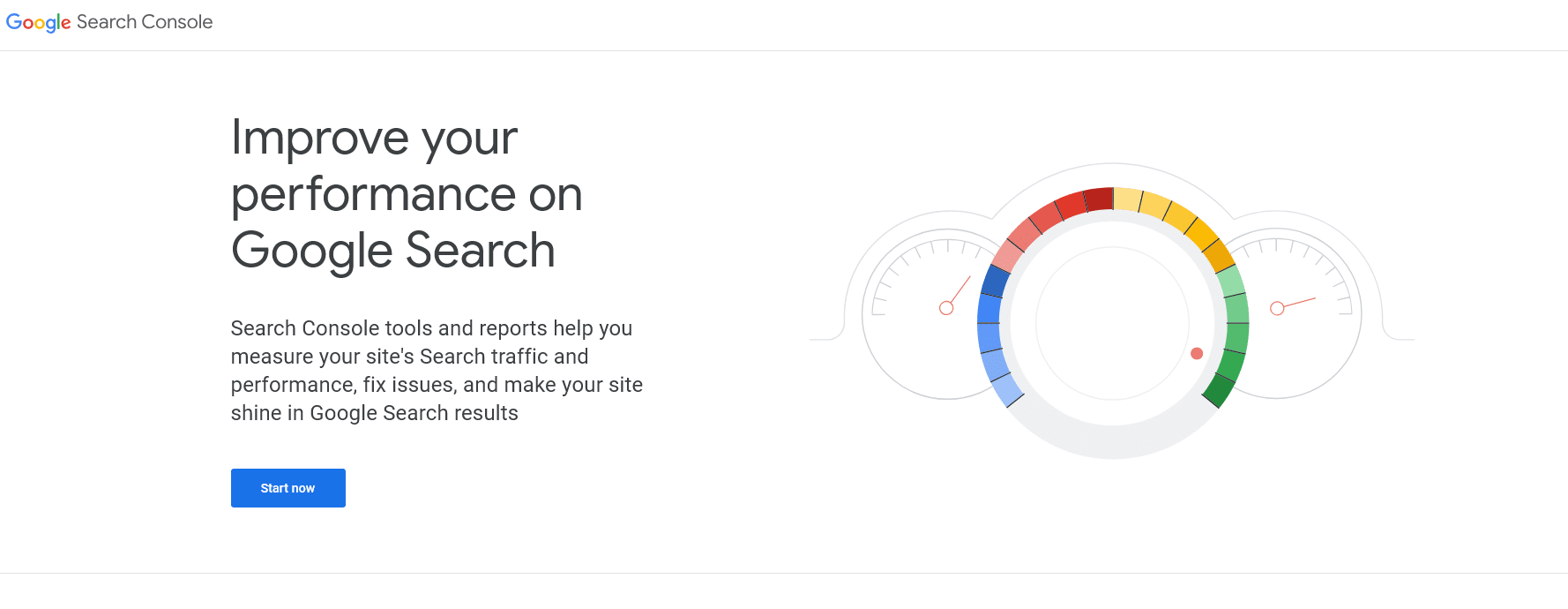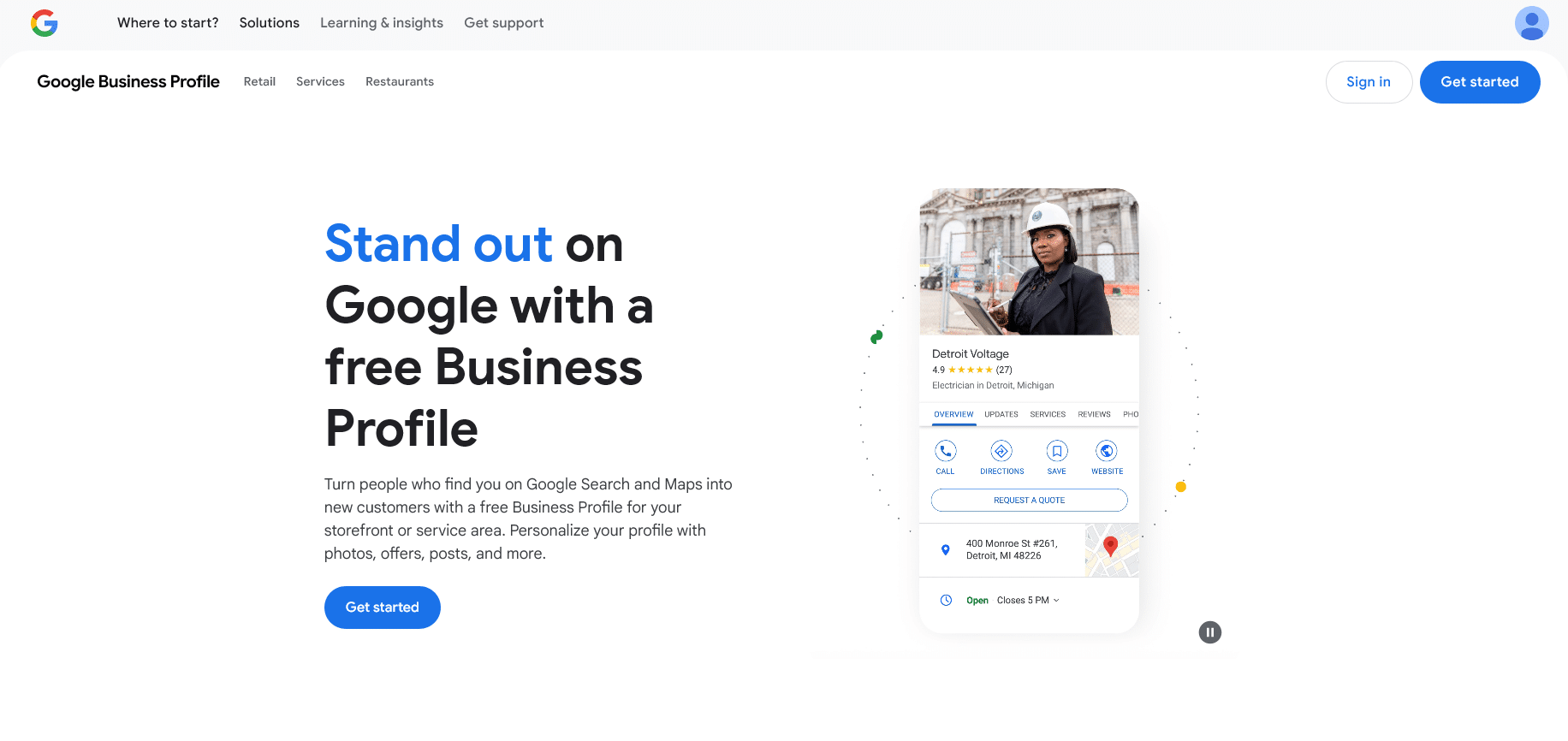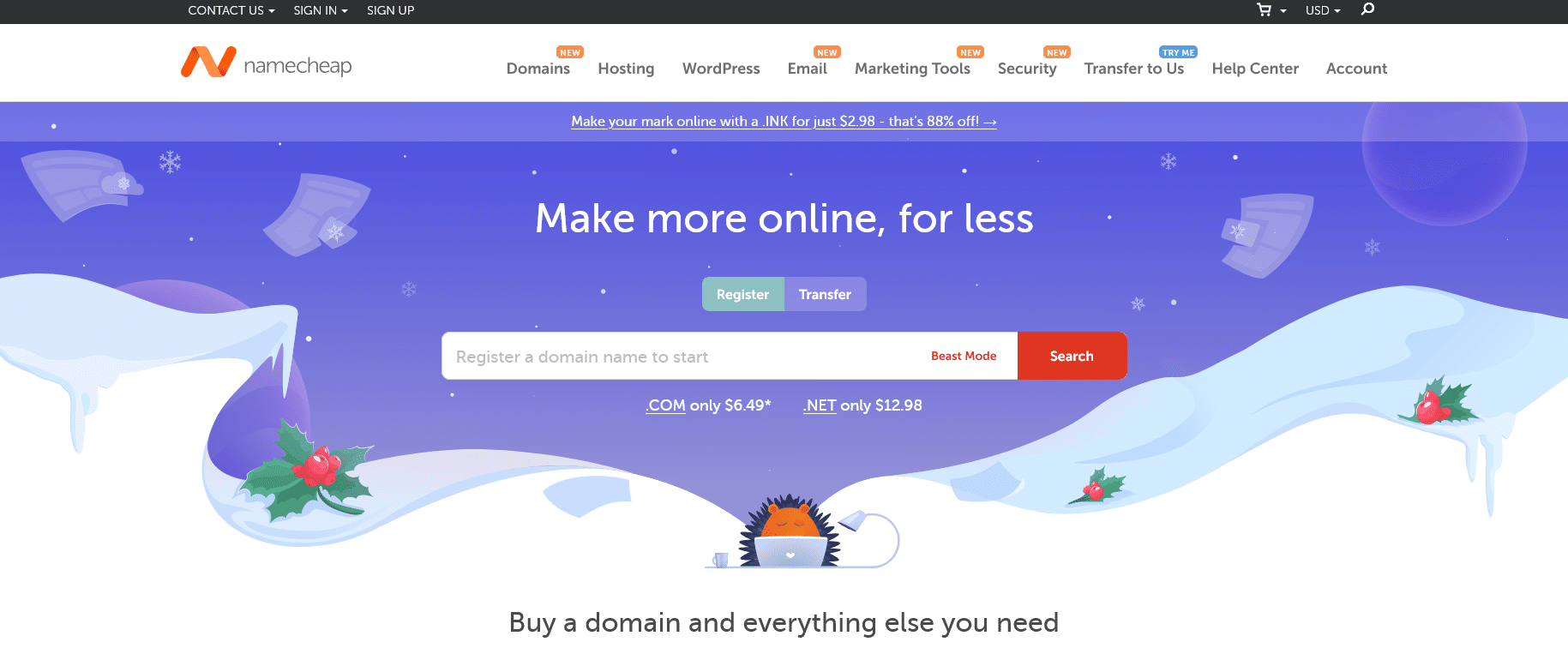In today’s digital era, having a strong online presence is crucial for business success. Whether you’re starting a new venture or moving an existing business online, this guide outlines essential steps to build a powerful web presence and improve search engine rankings.
- Define Your Brand and Online Goals
- Choose and Register a Domain Name
- Design a Professional Logo
- Build an SEO-Optimized Website
- Implement Search Engine Optimization (SEO)
- Establish a Social Media Presence
- Optimize for Local SEO & Online Directories
- Start a Content Marketing Strategy
- Leverage Email Marketing for Customer Retention

Step 1: Define Your Brand and Online Goals
Before diving into website creation, take time to define your brand identity and objectives. Ask yourself:
- What are your business’s mission, goals and values?
- Who is your target audience and likeliest to do business with you? You could be creating an online presence to go after a new customer base or to reinforce a previous one.
- What do you want to achieve online? Is it brand awareness, lead generation, sales or all of the above
Step 3: Design a Professional Logo
A well-designed logo is essential for brand recognition. It should be:- Simple yet memorable
- Representative of your brand values
- Scalable for use across websites, social media, and print materials such as signs or apparel
Step 4: Build a Website
Your website is your digital storefront 24 hours a day, 7 days a week. Make sure it includes:- Home Page: Clearly communicate what your business does using relevant keywords and calls to action.
- About Page: Share your story and mission to build trust.
- Products/Services Page: Highlight every service or product you offer with compelling descriptions.
- Contact Page: Include a simple contact form, phone number, and address and hours of operation. If you have a brick-and-mortar location, be sure to include a map.

Step 5: Implement Search Engine Optimization (SEO)
The entire goal of SEO is to rank your website higher in the search engines which customers search for your product or service. This is an extremely in depth process but there are some things you can do on your own:
- Keyword Optimization: Use relevant keywords in titles, URLs, and content.
- Image SEO: Compress images and add alt text.
- Internal Linking: Connect pages within your website to improve navigation and SEO.
Submit Your Site to Major Search Engines:
Fill out all the profiles as completely as possible and be sure to add images and or videos.

Step 6: Establish a Social Media Presence
Choose social media platforms where your target audience is most active. Be sure to set up business profiles on:
- Facebook (Community engagement & Ads)
- Instagram (Visual branding & stories)
- LinkedIn (Professional networking)
- X (formerly Twitter) (Customer interaction & news updates)
- Pinterest (Great for visual-based businesses)
- TikTok (Engage younger audiences with short-form content)
Social Media Strategy:
- Post consistently with high-quality visuals and video.
- Engage with your audience through comments and messages.
- Share valuable content, promotions, and updates.

Step 7: Optimize for Local SEO & Online Directories
To increase visibility, list your business on directories like:
- Google My Business (Boosts local search rankings)
- Yelp (Increases credibility with customer reviews)
- Bing Places for Business (Expands search visibility)

Step 8: Start a Content Marketing Strategy
- Blogging: Publish SEO-friendly articles on industry-related topics.
- Video Marketing: Share tutorials or testimonials.
- Infographics: Use visual content for engagement.
There are many ways to get content across the web, the important part (and often the most difficult) is to stay consistently active.
Step 9: Leverage Email Marketing for Customer Retention
Email marketing is a cost-effective way to nurture leads. Use platforms like Mailchimp or ConvertKit to:
- Send newsletters with updates and promotions.
- Automate email sequences to engage users.
- Personalize campaigns based on customer behavior.

Following these steps will help you being to establish a strong business presence online. The internet is always learning, always changing, keep refining your strategy, tracking performance with Google Analytics, and staying up-to-date with digital trends.
Need a professional website or SEO services? Let’s connect and take your business to the next level!

